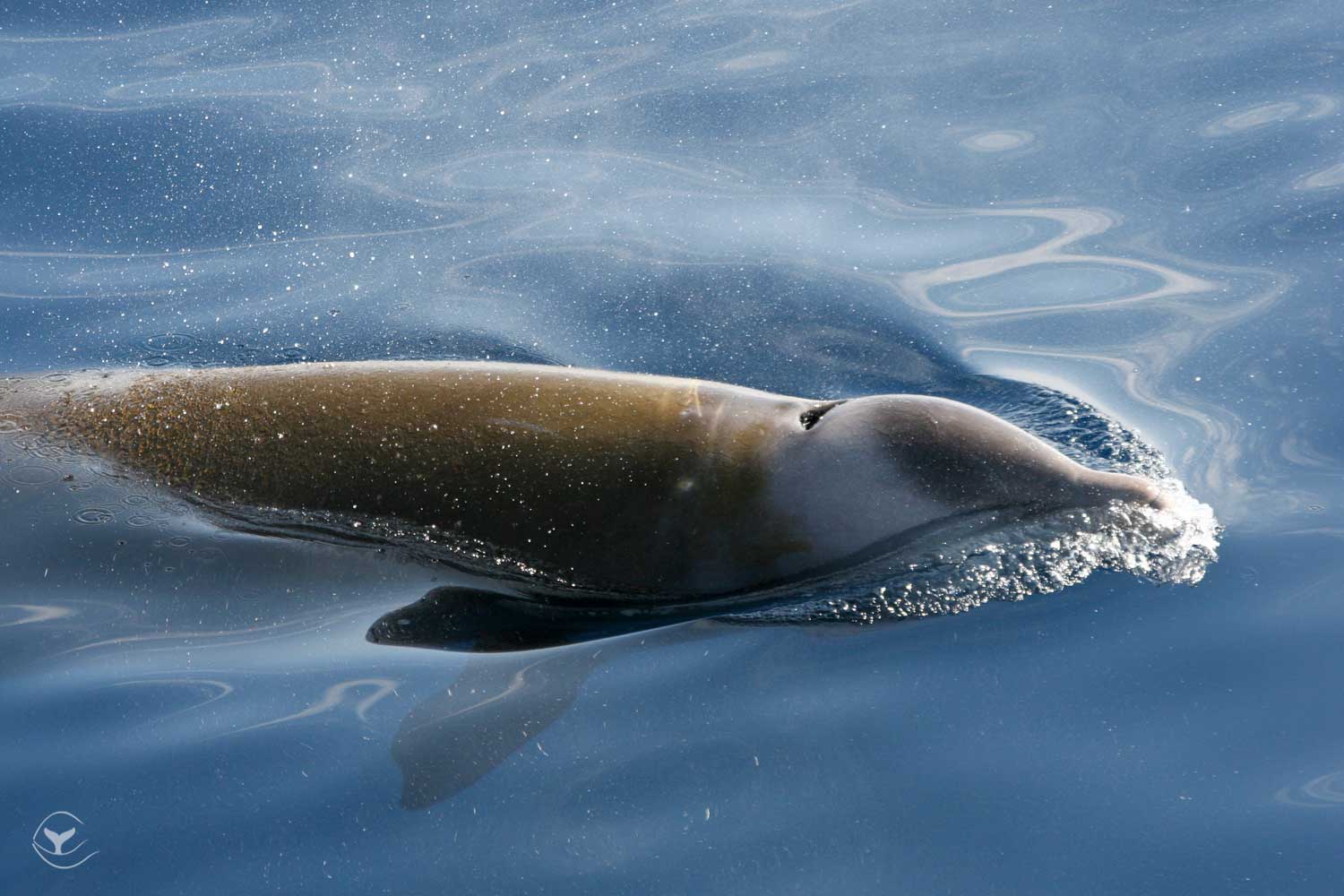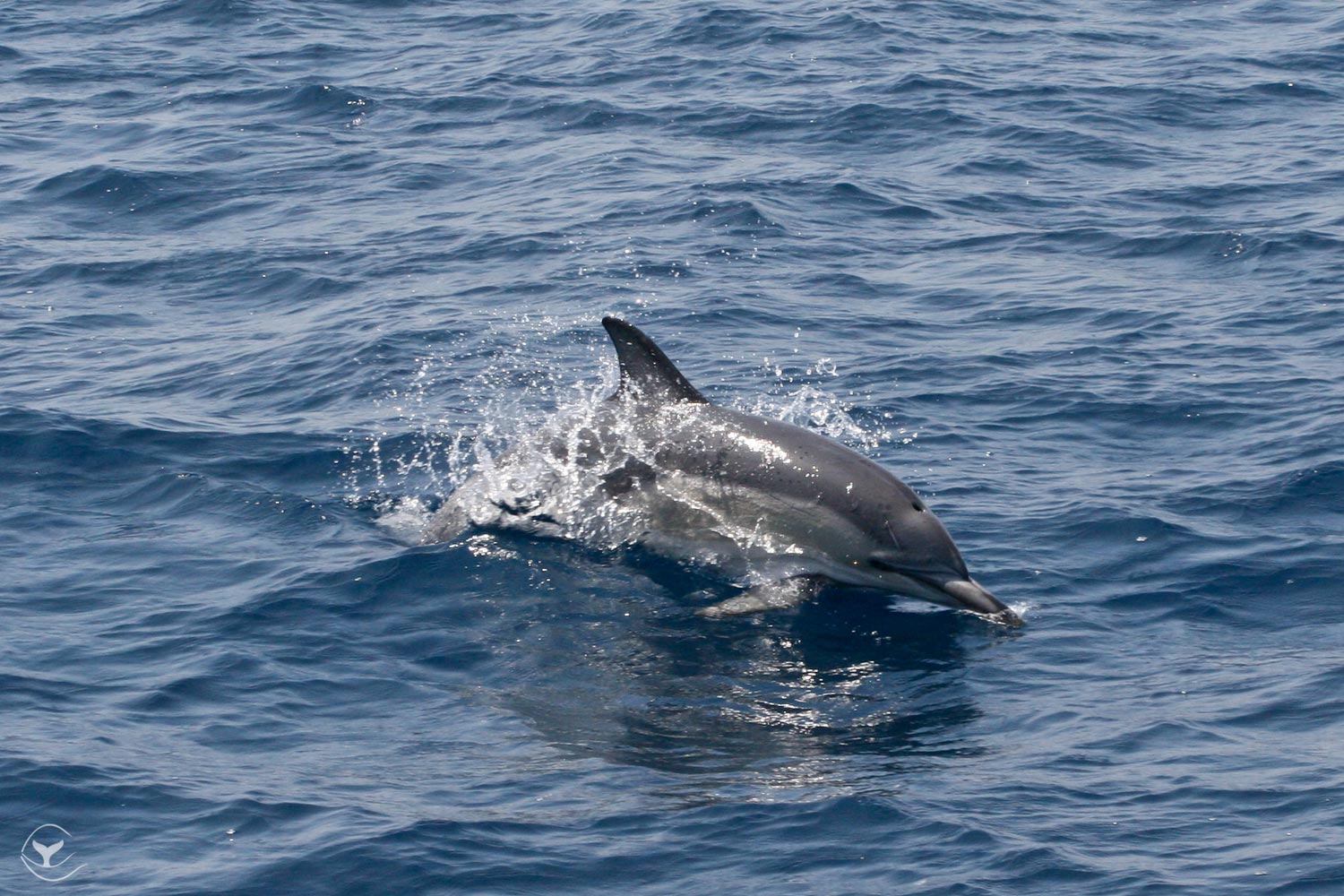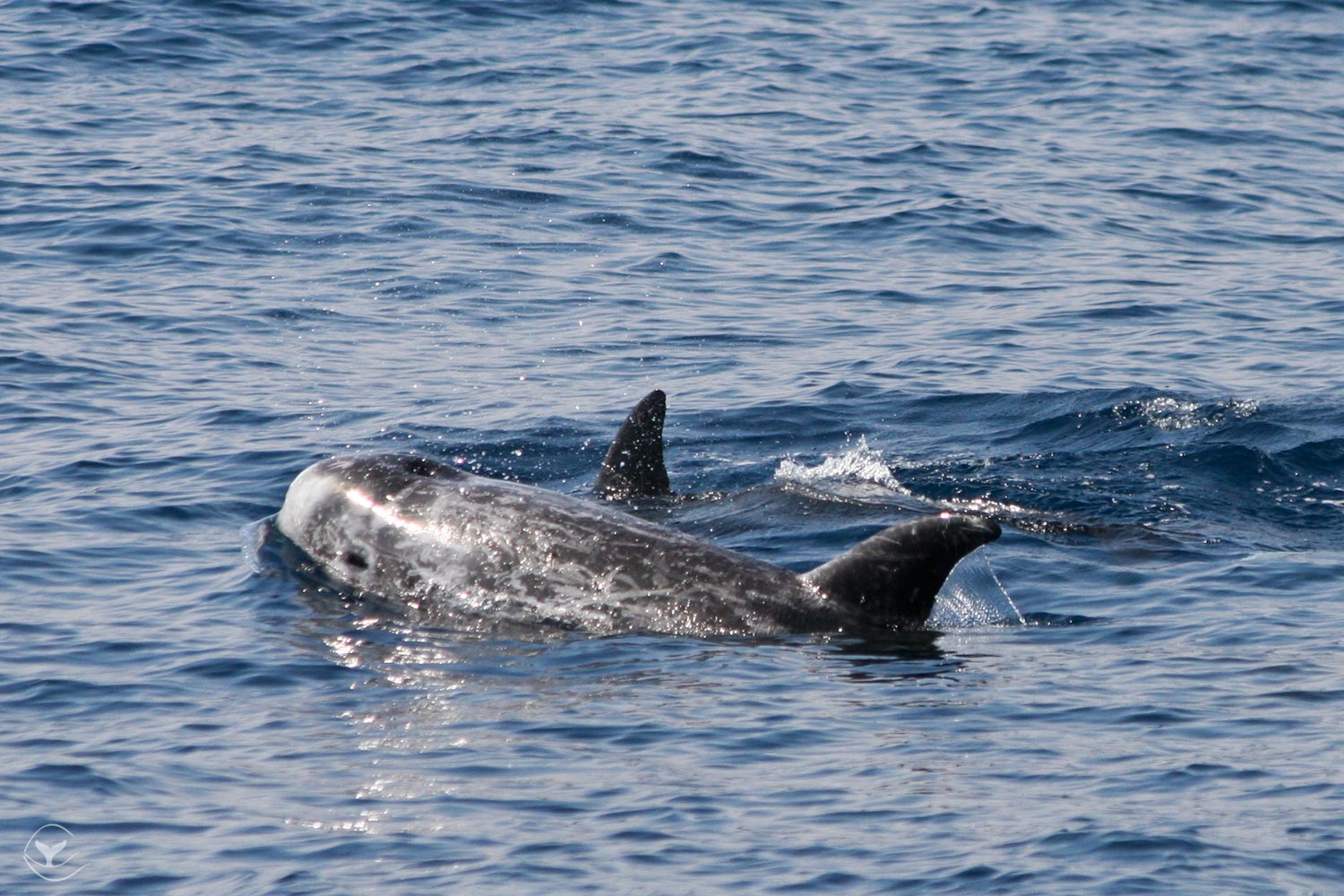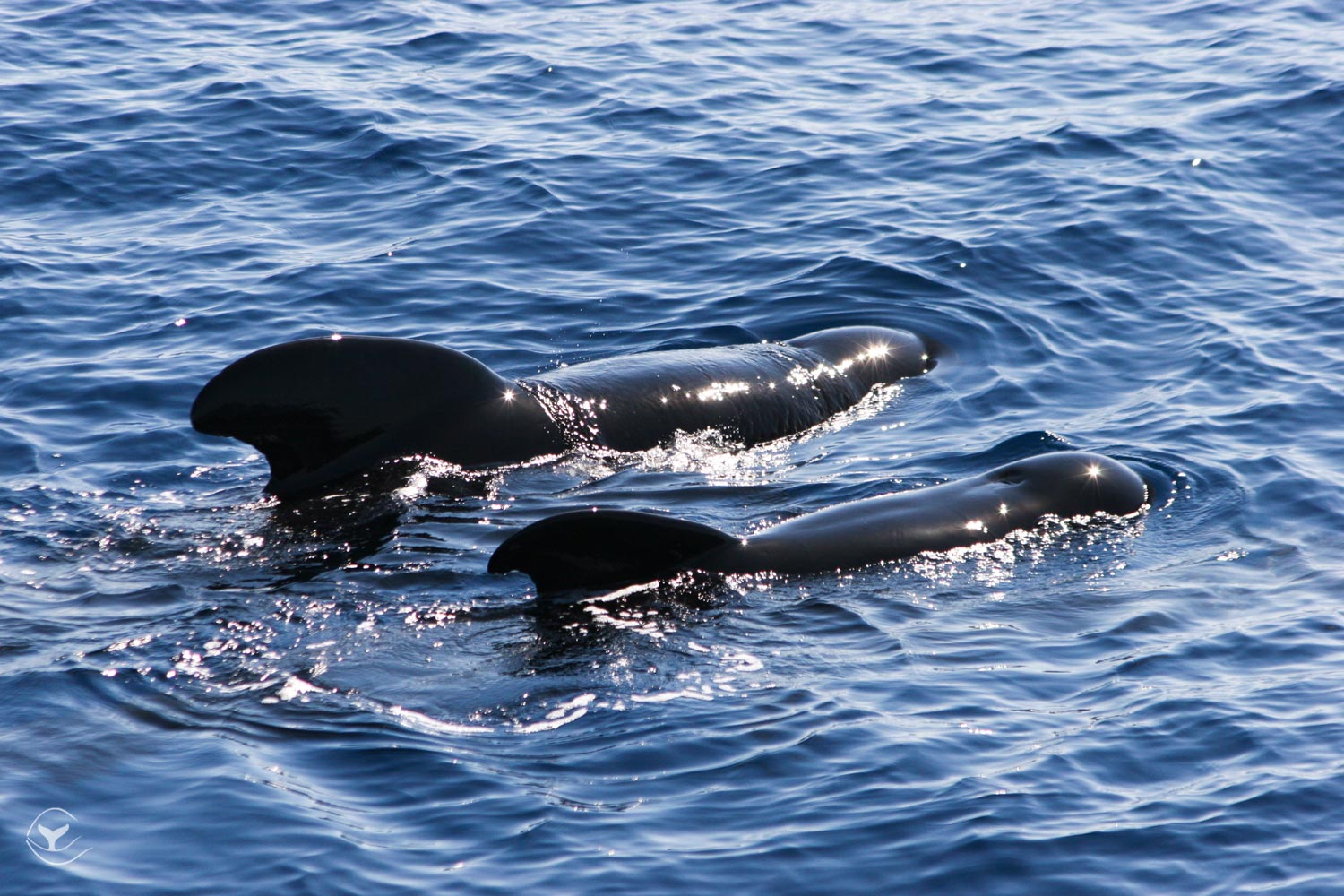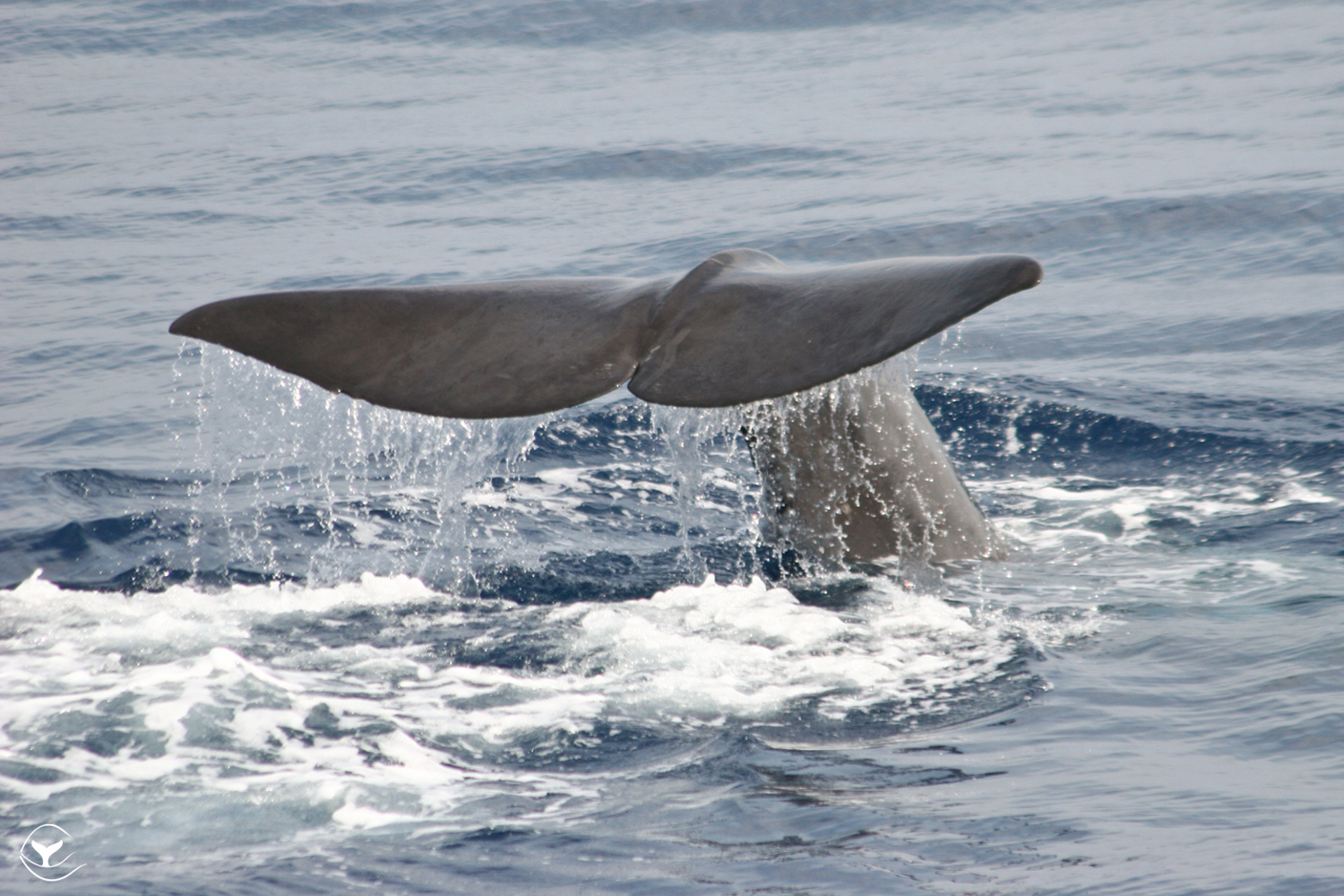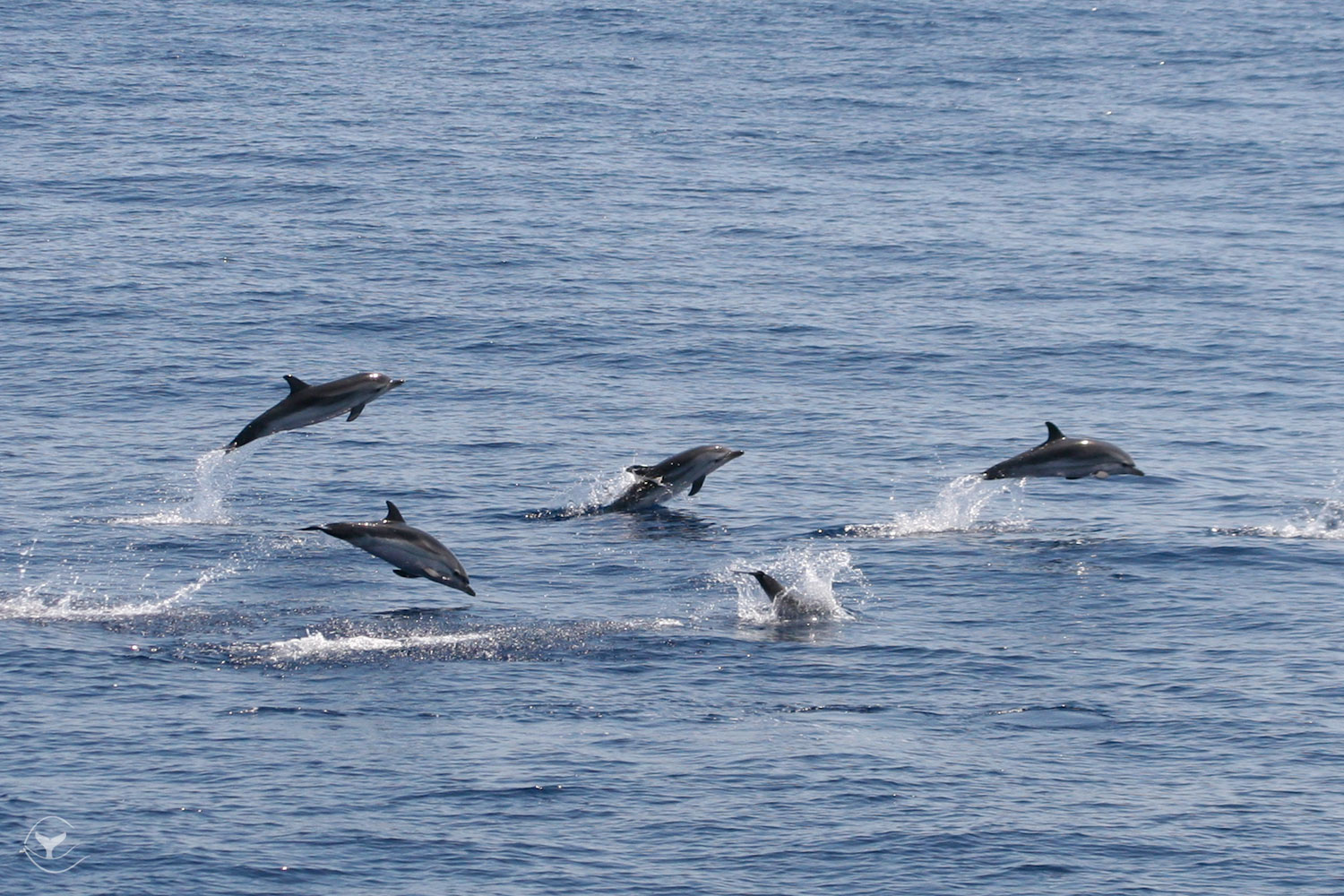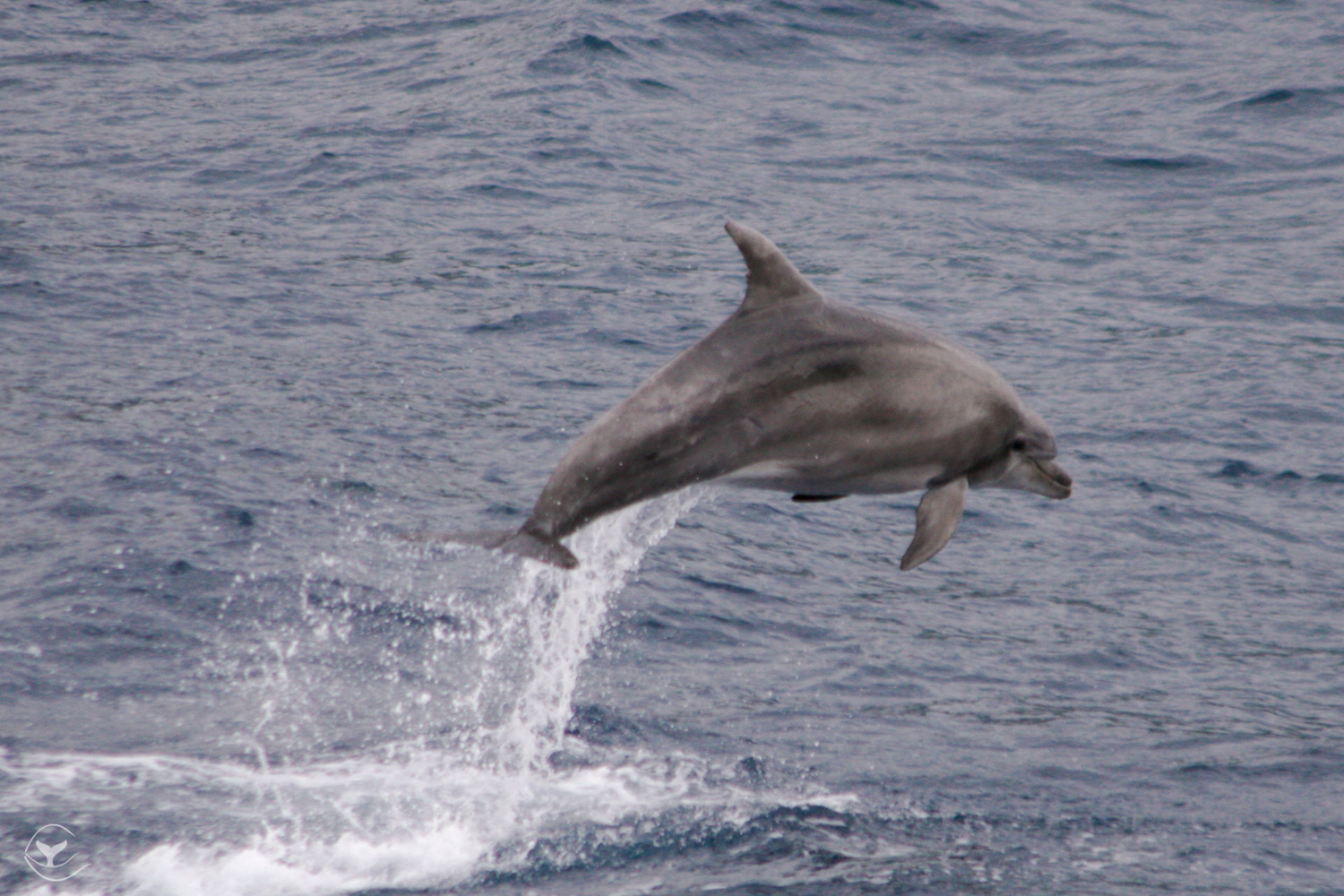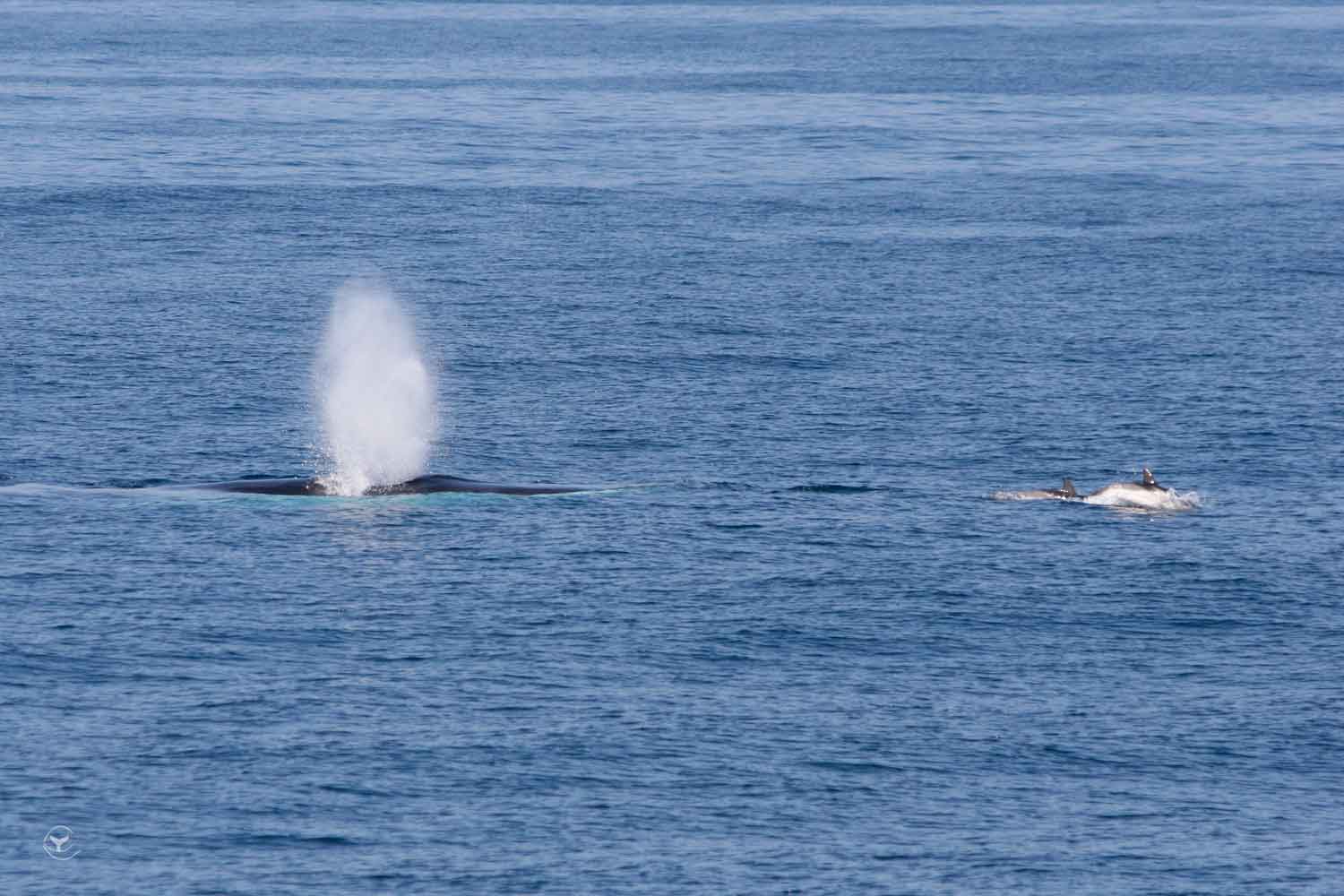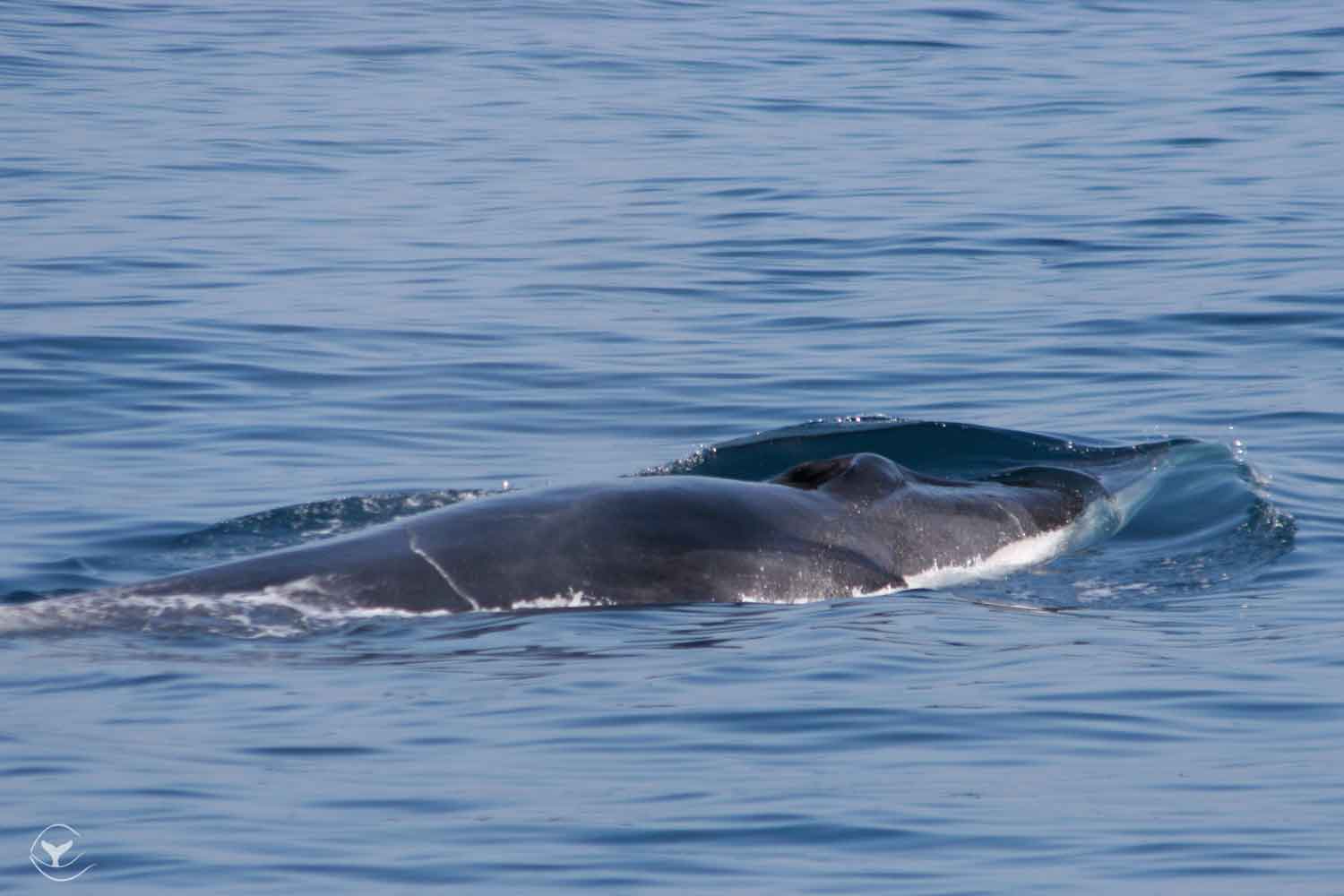Cetaceans
Dolphins and Whales of Mediterranean Sea
Whales and Dolphins are cetaceans. They are marine mammals fully-adapted to live their entire lives in the water and never return to land.
The major groups of marine mammals have separate evolutionary origins, from different groups of terrestrial mammals.Recent fossil and molecular evidence suggests that cetaceans are most closely related to the artiodactyls (a group of even-toed, hoofed mammals that includes ruminants such as cattle, camels, and hippos).
Whales and Dolphins breathe air, give birth to live young, nurse their calves with milk and are warm-blooded. Some species migrate long distances to reach good feeding grounds, to breed and nurse their calves or to overwinter in certain areas. They produce an extended collection of sounds for communication and echolocation, enabling them to navigate, find prey, identifying other cetaceans and predators.
There are approximately 87 living species divided into two major groups: the baleen whales or Mysticeti, and the toothed whales Odontoceti .
Eight species have resident populations in the Mediterranean Sea, and some other appear sometimes in these sea. Scientist proved that some of the resident species have evolved into genetically distinct subpopulations like the Fin Whale.
“Genetic analyses performed on minute skin samples remotely collected conclusively indicated that Ligurian Sea fin whales are genetically different from their North Atlantic conspecifics (Bérubé et al. 1998) source Tethys Research Institute “
Odontoceti: general description
Odontoceti means toothed whales.
Seventy-three species are known around the world, including dolphins, porpoises, beaked whales and sperm whales.
They are widespread all over the world. They have one blowhole whereas all baleen whales have two. The sperm whale stands out; in fact, the blowhole is on the left of the head instead of being central.
Odontocetes have conical teeth designed for catching fish or squid. However, killer whales feed on mammals such as pinnipeds.
Not all species are believed to use their teeth for feeding. For instance, the sperm whale likely uses its teeth for aggression or fighting against big squids.
Toothed whales are capable of making a broad range of sounds using nasal air sacs located just below the blowhole. In general, they produce three categories of sounds: frequency-modulated whistles, burst-pulsed sounds, and clicks. Dolphins communicate with whistle-like sounds produced by vibrating connective tissue, similar to the way human vocal cords function, and through burst-pulsed sounds, though the nature and extent of that ability are not known.
The biggest dolphin is the Orca and the smallest is the vaquita that is also on of the most endangered dolphin in the world.
In the Mediterranean Sea lives eight seven species of toothed whales: Striped dolphin (Stenella coeruleoalba) Common dolphin (Short beaked comon dolphin), Common bottlenose dolphin (Tursiops truncatus), Risso’s dolphin (Grampus griseus) Long finned pilot whale (Globicephala melas), Cuvier’s beaked whale (Ziphius cavirostris) and the Sperm whale (Physeter macrocephalus)
thanks to Costa Balenae for the pictures.
Mysticeti: general description
The baleen whales, or Mysticeti, were previously known as whalebone whales: nowadays, 15 species of baleen whales are known and, in particular, they form four extant families such as the Balaenidae (right whales), Balaenopteridae (rorquals), Cetotheriidae (pygmy right whale) and Eschrichtiidae (grey whale).
In the Mediterranean Sea, live the fin whales, Balaenoptera physalus, the second larger animal on the earth; they can reach 24 m in length.
A peculiar characteristic of the baleen whales is to have baleen plates instead of teeth: they filter food from the water column by using a technique called lunge-feeding. It looks like an inverted suction feeding, during which whale takes a huge gulp of water, which is then filtered through the baleens.
This is considered as unique and as an extreme feeding method: at first, the animal must accelerate to gain enough momentum to fold its elastic throat around the volume of water to be swallowed. Furthermore, the water flows back through the baleens keeping back the food particles.
Depending on the species they feed small prey such as small fish, krill, copepods, and zooplankton.
Thanks to Costa Balenae for the pictures

